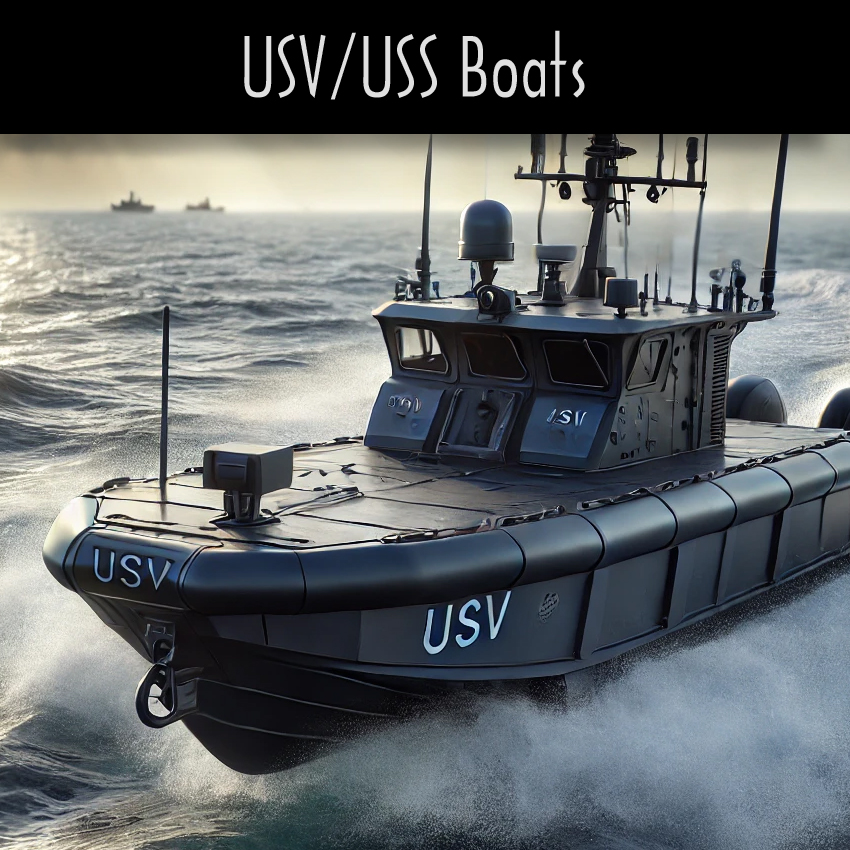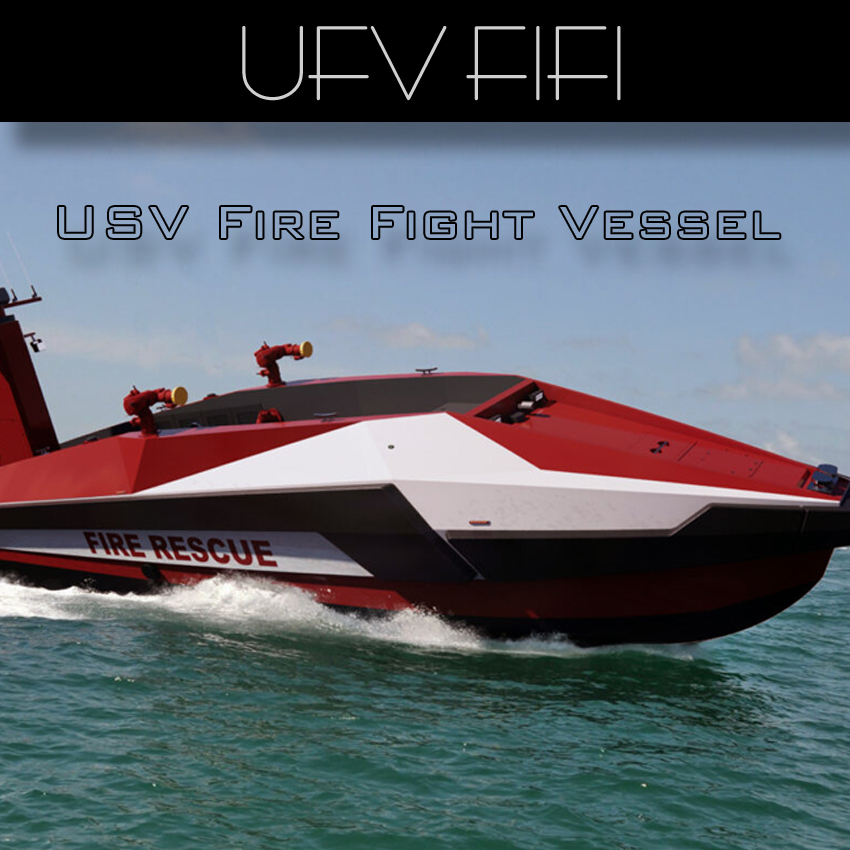
Unmanned Surface Rescue USVs
Swimming is a beloved activity worldwide, enjoyed by people of all ages for its health benefits and recreational pleasure.
However, the inherent risks associated with swimming, particularly in open waters, necessitate robust safety measures.
One innovative solution emerging in water safety is the remote-controlled lifebuoy.
This technology represents a significant advancement in ensuring swimmer safety and reducing the risk of drowning.
THE #1 NEXT-GEN REMOTE CONTROLLED LIFEBUOY
The Lifebuoy D3 and D3+ is an advanced, compact, and robust remote-controlled lifebuoy designed for swift and efficient water rescues. It features a high-speed propulsion system, enabling rapid deployment to distressed individuals, even in rough waters.
The D3 & D3+ boasts GPS positioning, real-time video transmission, and a user-friendly remote control, enhancing rescue operations' effectiveness and safety. Its durable construction ensures reliability in harsh marine environments, making it an essential tool for lifeguards, coastguards, and emergency response teams dedicated to saving lives at sea.
D3+
The Evolution of Lifesaving Technology
Traditional lifebuoys have been a staple in water rescue operations for decades.
These devices, typically thrown to a distressed swimmer, require the victim to grab hold and wait for manual rescue.
While effective in many scenarios, traditional lifebuoys have limitations, particularly in rough waters, strong currents, or when the swimmer is panicking or unconscious.
Enter the remote-controlled lifebuoy: Developed by professional companies, these modern devices blend the simplicity of traditional lifebuoys with cutting-edge technology, offering a more efficient and versatile approach to water rescue.
Key Features of Remote-Controlled Lifebuoy
1. Remote Operation: The remote-controlled lifebuoy allows rescuers to navigate the device directly to a swimmer in distress. This feature is crucial when approaching the swimmer is difficult or dangerous.
2. High Speed and Maneuverability: The lifebuoy can reach speeds up to 15 km/h and quickly cover distances, significantly reducing the time it takes to reach a distressed swimmer. Its agility allows it to navigate through waves and currents effectively.
3. Buoyancy and Stability: Designed to stay afloat even in rough conditions, our lifebuoy provides a stable platform for swimmers to hold onto. Its robust construction ensures it remains functional even in challenging environments.
4. User-Friendly Design: The lifebuoy is intuitive to operate and requires minimal training for rescuers. This accessibility is vital in emergencies where every second counts.
5. Durability: Made from high-quality materials, the lifebuoy is built to withstand harsh marine environments, ensuring longevity and reliability in rescue operations.
Benefits of Remote-Controlled Lifebuoys
The integration of remote-controlled lifebuoys into water rescue operations offers numerous benefits:
- Increased Safety for Rescuers: By reducing the need for rescuers to enter dangerous waters, these lifebuoys minimize the risk to human life during rescue operations.
- Rapid Response: The ability to swiftly deploy and navigate the lifebuoy means that distressed swimmers can receive assistance more quickly, increasing their chances of survival.
- Versatility: Remote-controlled lifebuoys are suitable for use in various water environments, including oceans, rivers, and lakes, and can be deployed in diverse rescue scenarios.
- Enhanced Accessibility: These devices can aid where traditional methods may struggle in crowded or hard-to-reach areas, such as near rocks or piers.
Real-World Applications
Remote-controlled lifebuoys are already making a difference in real-world applications. Lifeguard teams, coastguards, and marine patrols incorporate these devices into their safety protocols.
For instance, during a trial phase, our lifebuoy demonstrated its effectiveness in various rescue simulations, showcasing its potential to save lives where traditional lifebuoys might fail.
Moreover, public awareness campaigns and training programs educate communities on this technology's benefits, promoting broader adoption and integration into safety practices.
Future Prospects
The future of swimming safety looks promising with the continued development and enhancement of remote-controlled lifebuoys. Innovations such as GPS tracking, improved battery life, and AI-driven navigation systems are on the horizon, promising even greater effectiveness and reliability.
As technology evolves, the goal remains clear: to ensure that every swimmer, whether in a pool, lake, or ocean, has access to the best possible safety measures.
Remote-controlled lifebuoys represent a pivotal step toward achieving this goal, embodying the perfect blend of tradition and innovation in water rescue technology.
Conclusion
The remote-controlled lifebuoy is a game-changer in the realm of swimming safety.
This technology offers a faster, safer, and more efficient means of rescuing distressed swimmers, significantly reducing the risk of drowning and enhancing the overall safety of aquatic environments.
As adoption grows and technology advances, the remote-controlled lifebuoy will undoubtedly become an essential tool in the ongoing effort to protect and save lives in the water.
For a sea lifeguard to perform a well-equipped and effective rescue, they must have the following essential equipment:
1. Rescue Tube or Buoy: A buoyant device that can be thrown to a victim or carried by the lifeguard during a swim rescue. It helps support both the rescuer and the victim.
2. Rescue Board: A long, buoyant board used to reach and rescue victims quickly in open water. It also provides a stable platform for rescuing unconscious or exhausted swimmers.
3. Fins: Swim fins help the lifeguard swim faster and more efficiently through waves and currents during a rescue.
4. Lifeguard Whistle: A whistle is essential for signaling both the team and the beachgoers. It helps grab attention quickly during emergencies.
5. First Aid Kit: A complete first aid kit should be accessible for treating minor injuries or providing basic care until professional medical help arrives. Items should include bandages, antiseptics, gloves, and CPR masks.
6. Spine Board: In case of spinal or serious injury, a spine board is crucial for immobilizing and safely transporting the injured person out of the water.
7. Automated External Defibrillator (AED): Used in cases of sudden cardiac arrest, an AED is an essential piece of life-saving equipment for performing CPR on the beach.
8. Oxygen Delivery System: Provides oxygen to drowning victims or others in respiratory distress. This includes oxygen tanks and appropriate masks.
9. Communication Equipment (Two-Way Radios or Walkie-Talkies): Vital for maintaining communication between lifeguards and emergency services or beach supervisors. Effective communication can speed up the rescue and medical response.
10. Personal Protective Equipment (PPE): Lifeguards should have access to gloves, masks, and eye protection to safeguard against infections or hazardous materials, especially when performing first aid.
11. Binoculars: Used for scanning and observing distant swimmers or activities in the water from lifeguard towers or posts.
12. Throw Bag/Rescue Line: A rope with a float or weight attached, which can be thrown to a person in distress to assist with rescue from a distance.
13. Remote Control Lifebuoy: This is a remote-controlled, buoyant device that can be quickly deployed by the lifeguard to reach a swimmer in distress. It can be steered toward the victim, allowing them to grab hold and stay afloat until further assistance arrives. This technology increases rescue speed and safety, particularly in rough seas or when lifeguards need to avoid entering dangerous waters.
14. Shark Deterrent Devices (if applicable): In areas where shark attacks are a potential hazard, some beaches equip lifeguards with electronic or physical deterrents.
15. Wetsuit and Rash Guard: Appropriate attire for extended periods in the water, providing thermal protection and minimizing the risk of skin injuries or sunburn.








